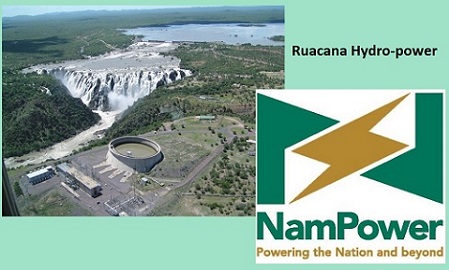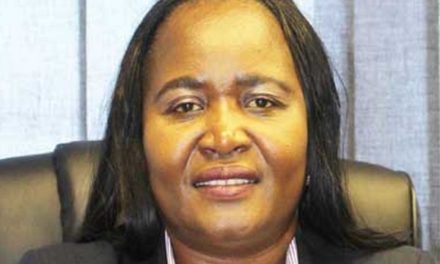By Victor Angula |
Namibia Power Corporation (NamPower) in July turned 25 years since the change of name from SWAWEK to “Nampower” in 1996 as a signal of transition into Independent Namibia.
With the transition from SWAWEK (South West Africa Water and Electricity Corporation) to Namibia Power Corporation (NamPower), the company took on a renewed mandate and adopted a refreshed mission: “To provide the electricity needs of our customers, fulfil the aspirations of our staff and satisfy the expectations of our stakeholders in a competitive and evolving environment.”
The company – the country’s only power utility – also acquired a new slogan: “Powering the Nation and beyond”.
While the 25th anniversary of Nampower would be considered by many as a “milestone” worthy of celebrating for a company tasked with the huge responsibility of powering the nation forward, Nampower has nonetheless refused to see this milestone as opportunity to publicly take stock of its operations, and account to the nation for its performance over the past 25 years.
Last month Omutumwa sent a list of questions to Nampower as follows:
“With Nampower turning 25 years old and all the celebrations around this milestone, there is a community close to Nampower’s source of existence, namely the Ruacana Hydro-power Station in Ruacana Constituency. Would you therefore answer the following questions:
“1. Despite Ruacana Constituency being the place where Namibia’s hydropower is produced, it is also a constituency with little rural electrification. What has caused the situation for Nampower to supply electricity to places all over the country, yet Ruacana has not seen much benefit out of its close proximity to the hydropower?
“2. What is the current output of Ruacana hydropower?
“3. The area around the hydropower station and the waterfall has great potential for tourism attraction. Yet no tourism attraction development has taken place during the last 25 years. Is it because Nampower has claimed ownership of the whole place and cut off all opportunity for investment by the tourism sector?
“4. What plans are there for this hydro to become a source of pride, livelihood, and economic benefit for the local people?”
In response Nampower’s Senior Corporate Communication Officer Mr Gladwin Groenewaldt said:
“Kindly please note that we decline to provide a response to your inquiry.
“I trust that you find this in order.”
Groenewaldt’s refusal to provide information about the Ruacana Hydroelectric Power Station remains a mystery as further queries to seek clarity were unsuccessful. A letter sent to Nampower Managing Director Mr Simson Haulofu went answered.
Meanwhile Ruacana Hydroelectric Power Station, situated in Omusati region, completed in 1978 but commissioned in 1980, is Namibia’s biggest power station, providing about 50% of the country’s electricity.
The power station, with a power generation capacity of 347 Mega Watts, is located underground near the bottom of the Ruacana Waterfalls at the border with Angola.
In the photo: An aerial view of the area over the Ruacana Hydro-power Station.







